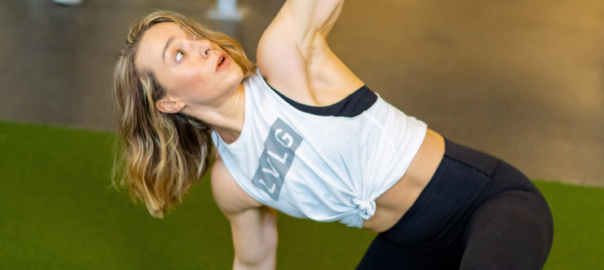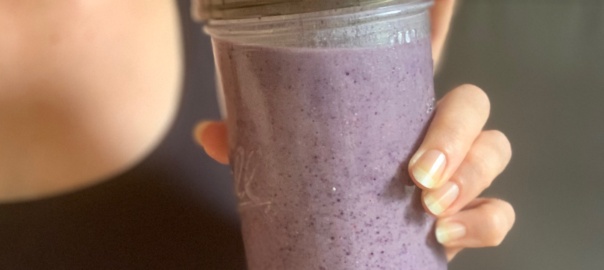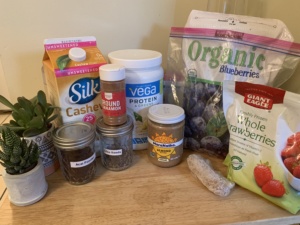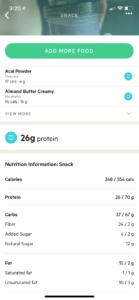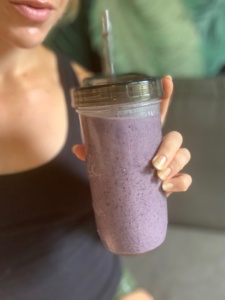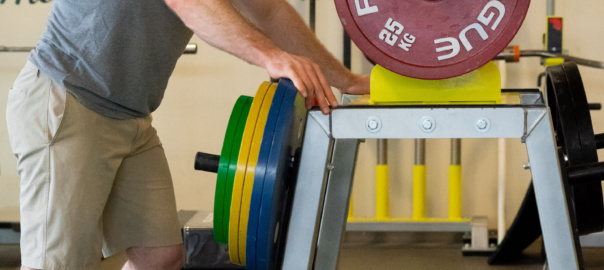Part 1: Feedback
For many people, getting started on the path towards fitness can be overwhelming. You come to a new gym, are faced with lots of new equipment, don’t necessarily know the etiquette, and have no idea WHAT TO DO. We often find ourselves gravitating towards the few things we do know: the treadmill, maybe some dumbbell curls, maybe the bench (for all my bench bros). This will work for awhile, because if nothing else it’s building the habit of just being in the gym. But at some point, you may want more. That’s where a real training program comes in.
I believe that the best program is one designed specifically with you in mind. Over the years, I’ve adapted my custom program system to be more flexible and more interactive with clients. I typically program on a week-by-week basis. Why? I need your feedback.
Personally, I’ve dealt with programs and coaches that varied from providing a 12-week training block up front that we only discussed at the end, to a coach that put my workouts in EVERY DAY after reading my comments from the day before. Each style has positives and negatives. The 12 week program was satisfying for me in that I could plan out three whole months of my training life way ahead of time (I love having a plan), but left no room to adjust for minor injury or illness. I just had to guess on my own and see how I fared at the end. With my daily-updating coach, I saw a lot of improvement (particularly with my running), but had NO IDEA what I was going to get into on any given day. In addition, if he ever went on vacation or had a sick day, I would be out of a training plan (or receive it late).
Weekly updates are the middle ground that seems to have work best for me and many other coaches I admire. But it doesn’t work AT ALL if I don’t get your feedback! What do I mean by that? Here are some terms and concepts you need to know:
Provide the weights used, sets and reps completed
This seems obvious, but often gets skipped!
I will sometimes program AMRAP (as many reps as possible) sets, where I ask you to do 5+ reps with a given weight. There’s a big difference between hitting 6 reps vs 16 reps! I need to know that to adjust your weights for the following week.
I also frequently program rep ranges vs. an assigned number of reps (eg. Do 3 sets of 8-12 push-ups vs 3 sets of 10 push-ups). I want you to have a chance to push yourself towards that higher number, but know you still got in the required work even if you don’t. And it’s important for me to know if you did 3 sets of 8 (indicating the movement was difficult but achievable) or 3 sets of 12 (indicating it’s time to move up in difficulty)!
Sometimes I won’t provide a weight to use on certain assistance movements, leaving it up to you (with some guidance using the RPE scale, which I’ll touch on in a moment). If you just mark it as done, I can be missing some really valuable input. An example I often see: a client with a bench press max of 135lbs is assigned a Fatbell bench as an assistance movement. They end up using the 26lb Fatbells (so 52lbs total weight), and really struggle to do sets of 8, especially with their right arm. That indicates a huge opportunity of growth for that client, that would have been missed if they never let me know what weight they were using.
Finally, if I give you a very straightforward set and you just can’t get those reps in, that means I miscalculated or you need some extra recovery time. All of that can be adjusted for the following week, with the right feedback.
Tell me how hard it was!
It’s that simple! If I get no feedback about difficulty, I have to assume everything felt just fine. I’ll continue progressing your exercises and weights as though the previous workout was adequate. But if you really struggled with your deadlift on Week 3 without telling me, imagine how it’s going to feel in Week 6 when I’ve added more weight or increased your reps? It can be really demoralizing to miss lifts, and neither one of us wants that.
I use the Rate of Perceived Exertion scale to make it easy for clients to let me know how a movement felt. There are a variety of ways to explain this scale, but this is my preference for beginners (or those that are new to thinking about training in this way):
RPE 10: I almost died. This set was my absolute max on this day. Couldn’t have done another rep
RPE 9: This was extremely challenging. I could maybe have done one more rep, but my form may have been sloppy.
RPE 8: Very challenging but doable. The last few reps were difficult, but I could have done 1-2 more if I had to.
RPE 7: A comfortably difficult weight. I could definitely do 3 more reps.
RPE 6: Basically a warm-up
RPE 5 and below: Don’t matter. So easy.
This is the bread and butter of client feedback. If you’re doing a workout where everything is an RPE 9-10, you can imagine the following week we’re going to back off a little bit. If you’re doing an entire workout that’s an RPE 6, it looks like we need to ramp it up for you!
Videos, life, feelings
I always leave a section in my programs for general notes. I want to know what else is going on with you. Are you super stressed at work and can’t understand why training feels terrible? I can probably guess, and now know you may need a deload. For my female clients, your cycle matters. Are you knocked out with cramps for 5 days a month? You probably don’t want to max your squat at that time. Let me know and I’ll adjust for you.
Did you just LOVE deadlifting one day? I want to know that too! One of my favorite coaches always tells me to program “80% of what they need and 20% of what they want.” Knowing what you love and what you hate helps me create a program that you enjoy (and are therefore more likely to stick to).
Finally, VIDEO. I can’t be with you during every training session unfortunately. By recording your sets, I can provide a lot more information than going on RPE and comments alone. That’s where we catch your knee collapse in the deadlift and work out your weaknesses. It can also be useful to record yourself doing assistance movements that you’re unfamiliar with: I can let you know if you’re doing it totally right or very, very wrong. And you’ll only get better from there!
Conclusion? Give me as much information as possible after your training sessions. That means better training sessions in the future, that will help you reach your goals faster. It takes a little bit of extra time, but it’s worth it every time.
I’ll be continuing this series over the coming months, so stay tuned.
Next up: TRUST THE PROGRAM.

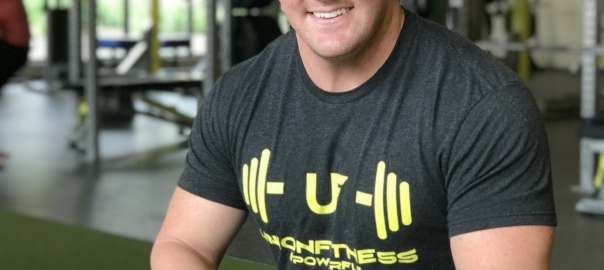
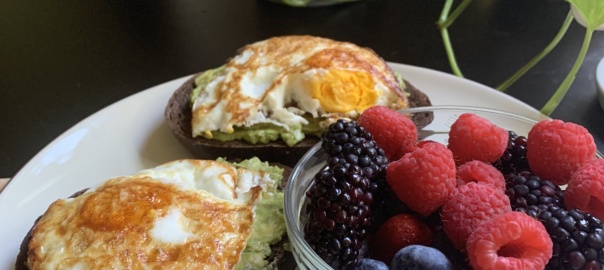
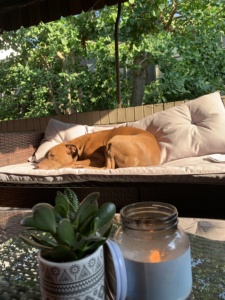 Now that the weather is amazing, head out on the balcony with BB. I’m working through a meditation that lasts anywhere from 10-45 minutes as you build it (if you’re interested, I recently read Dr. Joe Dispenza’s Breaking the Habit of Being Yourself and it has been truly life-changing). Post-meditation, I start on my skincare (Vit C serum), my coffee, and a little reading (I’m re-reading and note-taking Ryan Holliday’s Ego is the Enemy currently). BB cuddles up with me. There’s always a candle going and a breeze and some plants. It’s heavenly.
Now that the weather is amazing, head out on the balcony with BB. I’m working through a meditation that lasts anywhere from 10-45 minutes as you build it (if you’re interested, I recently read Dr. Joe Dispenza’s Breaking the Habit of Being Yourself and it has been truly life-changing). Post-meditation, I start on my skincare (Vit C serum), my coffee, and a little reading (I’m re-reading and note-taking Ryan Holliday’s Ego is the Enemy currently). BB cuddles up with me. There’s always a candle going and a breeze and some plants. It’s heavenly.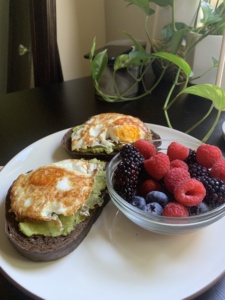
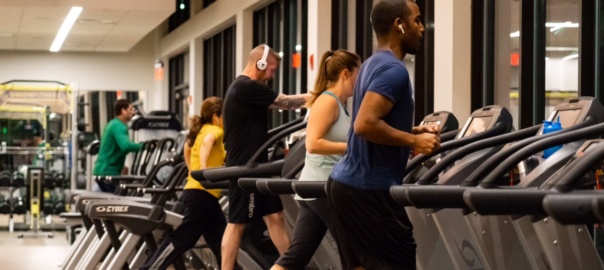
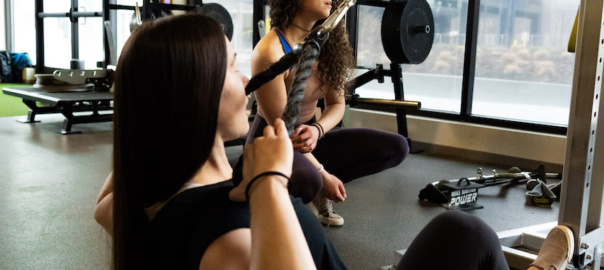
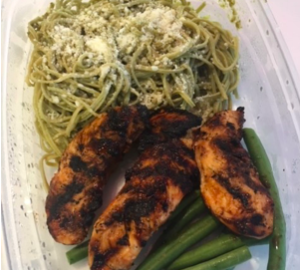
 I stumbled upon these bad boys at Aldi this weekend while my kids were searching for the perfect noodle. (Unbeknownst to me, I might have found mine too!) They settled upon linguine and I popped these organic, gluten free & vegan noodles in the cart too.
I stumbled upon these bad boys at Aldi this weekend while my kids were searching for the perfect noodle. (Unbeknownst to me, I might have found mine too!) They settled upon linguine and I popped these organic, gluten free & vegan noodles in the cart too.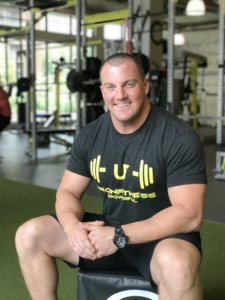 We’re a few weeks too late, but we thought it was about time we formally introduced the UF community to our new Director of Personal Training, Curtis Miller!
We’re a few weeks too late, but we thought it was about time we formally introduced the UF community to our new Director of Personal Training, Curtis Miller!